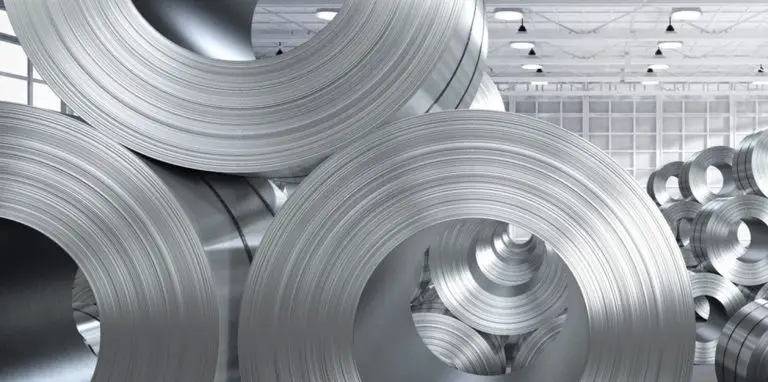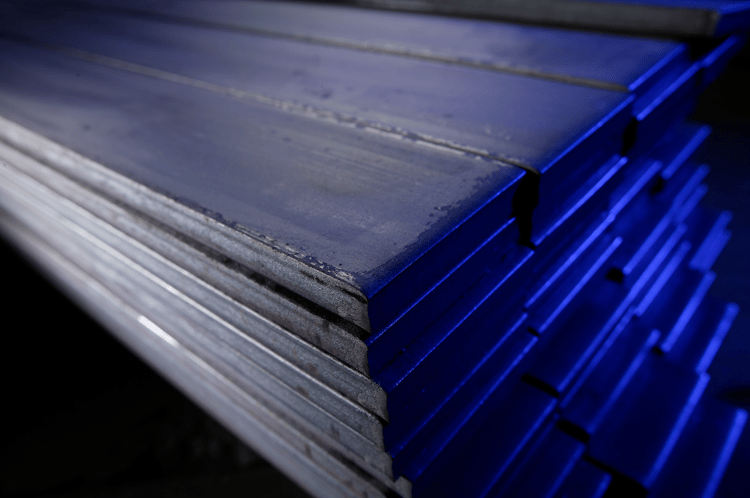what is the other name of low carbon steel What's the difference between carbon and stainless steel?
Ferrous Metals and Low-Carbon Steel are two of the most widely used materials in various industries. The former refers to metals that contain iron as a primary component, whereas the latter is a type of steel that has a low carbon content. Both these materials have unique properties and characteristics that make them highly beneficial in different applications.
Ferrous Metals
Ferrous Metals are known for their high tensile strength and durability. They are also highly resistant to corrosion and have excellent magnetic properties. One of the most common examples of ferrous metals is steel, which is widely used in construction, automotive, and manufacturing industries. Other examples include cast iron, wrought iron, and alloy steel.
 One of the biggest advantages of using ferrous metals is their high strength, which makes them ideal for structural applications. Additionally, they are easy to cast and shape, which allows manufacturers to create complex designs and structures. The magnetic properties of ferrous metals make them highly useful in different industries. For example, in the automotive industry, these metals are used to produce various parts such as motors, gears, and bearings.
One of the biggest advantages of using ferrous metals is their high strength, which makes them ideal for structural applications. Additionally, they are easy to cast and shape, which allows manufacturers to create complex designs and structures. The magnetic properties of ferrous metals make them highly useful in different industries. For example, in the automotive industry, these metals are used to produce various parts such as motors, gears, and bearings.
Low-Carbon Steel
Low-Carbon Steel, also known as Mild Steel, is a type of steel that has a low carbon content. This makes it highly malleable and easy to weld. Additionally, it has excellent formability and tensile strength, making it ideal for various applications. Low-carbon steel is used to produce various products such as pipes, wires, and structural components.
 One of the biggest advantages of using low-carbon steel is its versatility. It is easily machined and formed into different shapes, making it useful in various applications. Additionally, it is highly cost-effective and widely available, which makes it an ideal material for producing large quantities of parts and components. Low-carbon steel is also highly ductile and can be easily bent, making it ideal for forming processes such as rolling and bending.
One of the biggest advantages of using low-carbon steel is its versatility. It is easily machined and formed into different shapes, making it useful in various applications. Additionally, it is highly cost-effective and widely available, which makes it an ideal material for producing large quantities of parts and components. Low-carbon steel is also highly ductile and can be easily bent, making it ideal for forming processes such as rolling and bending.
In conclusion, Ferrous Metals and Low-Carbon Steel are two of the most versatile materials in different industries. Their unique properties and characteristics make them highly beneficial in various applications, from manufacturing to construction. By harnessing their strength and durability, manufacturers can create complex structures and products that can withstand the test of time and environmental factors.
If you are looking for What is Composition of Low-carbon Steel - Definition | Material Properties you’ve visit to the right web. We have 5 Images about What is Composition of Low-carbon Steel - Definition | Material Properties like Ferrous Metal | Supplier | Manufacturer in India, What’s the Difference Between Carbon and Stainless Steel? and also What is Composition of Low-carbon Steel - Definition | Material Properties. Here it is:
What Is Composition Of Low-carbon Steel - Definition | Material Properties
 material-properties.orgsteel
material-properties.orgsteel
What’s The Difference Between Carbon And Stainless Steel?
 blog.boydmetals.comLow-carbon Steel - Mild Steel
 www.nuclear-power.comsteels structural melting conductivity include
www.nuclear-power.comsteels structural melting conductivity include
Types Of Carbon Steel And Its Contents - ENGINEERING BLOG
 www.mechanicalengineerblog.compipeline
www.mechanicalengineerblog.compipeline
Ferrous Metal | Supplier | Manufacturer In India
 anankafasteners.comferrous
anankafasteners.comferrous
What’s the difference between carbon and stainless steel?. Ferrous metal. Types of carbon steel and its contents